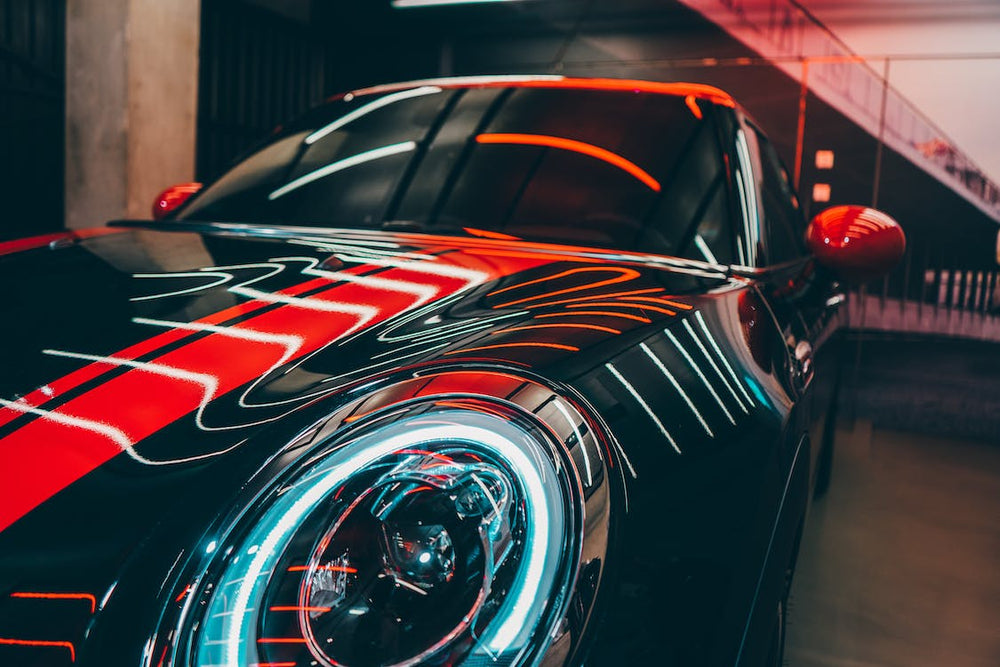Welcome to CarCarez Wholesale HubPrivate content, please login to show or e-mail us to gain access!
At CarCarez we pride ourselves in offering professional-grade automotive cleaning & detailing products at unbeatable everyday prices.
Whether you're on the water in a boat or sea-doo, off-roading in that SUV, Truck or ATV, or just cruising the roads in your car or motorcycle,
let everyone know just how much you care about your ride by letting it shine the right way!
Founded and based out of South El Monte, California, CarCarez is a convenient online source that provides a wide range of premium car care and detailing products. Our team of knowledgeable technicians have over 20+ years of experience in the automotive & detailing industry. Each and every one of our products is hand-picked, tested, and evaluated by our experts to ensure you’ll be getting peak performance without exception. We are so confident in our team and products that we offer a 100% satisfaction-guarantee because we believe EVERYBODY deserved to experience the joy of having a sparkling clean ride.
We ship worldwide, any order, big or small. Our company isn’t trying to re-invent the wheel, we just want to take great care of your wheels!
Explore the world of wholesale excellence with CarCarez Detailing Products. Elevate your business by logging in to discover exclusive wholesale prices, an extensive product catalog, and personalized services tailored just for you.
Join Our Wholesale Community Today To Receive:
- Exclusive Pricing: Access unparalleled wholesale prices on our premium line of CarCarez detailing products.
- Bulk Discounts: Benefit from special discounts on bulk orders, allowing you to maximize your savings and boost your profit margins.
- Effortless Ordering: Simplify your purchasing process with our intuitive and user-friendly interface, ensuring efficient bulk ordering at your fingertips.
- Personalized Support: Our dedicated CarCarez wholesale support team is here to assist you. Receive tailored guidance and support to align with the unique needs of your business.
How to Log-In:
For existing CarCarez wholesale partners, enter your credentials to seamlessly access your account. If you're new to our wholesale program, contact us at info@carcarez.com to join the growing community of businesses partnering with CarCarez Company Ltd.
Thank you for choosing CarCarez as your trusted wholesale supplier. We are committed to helping your business shine and providing top-notch detailing products for your customers.


